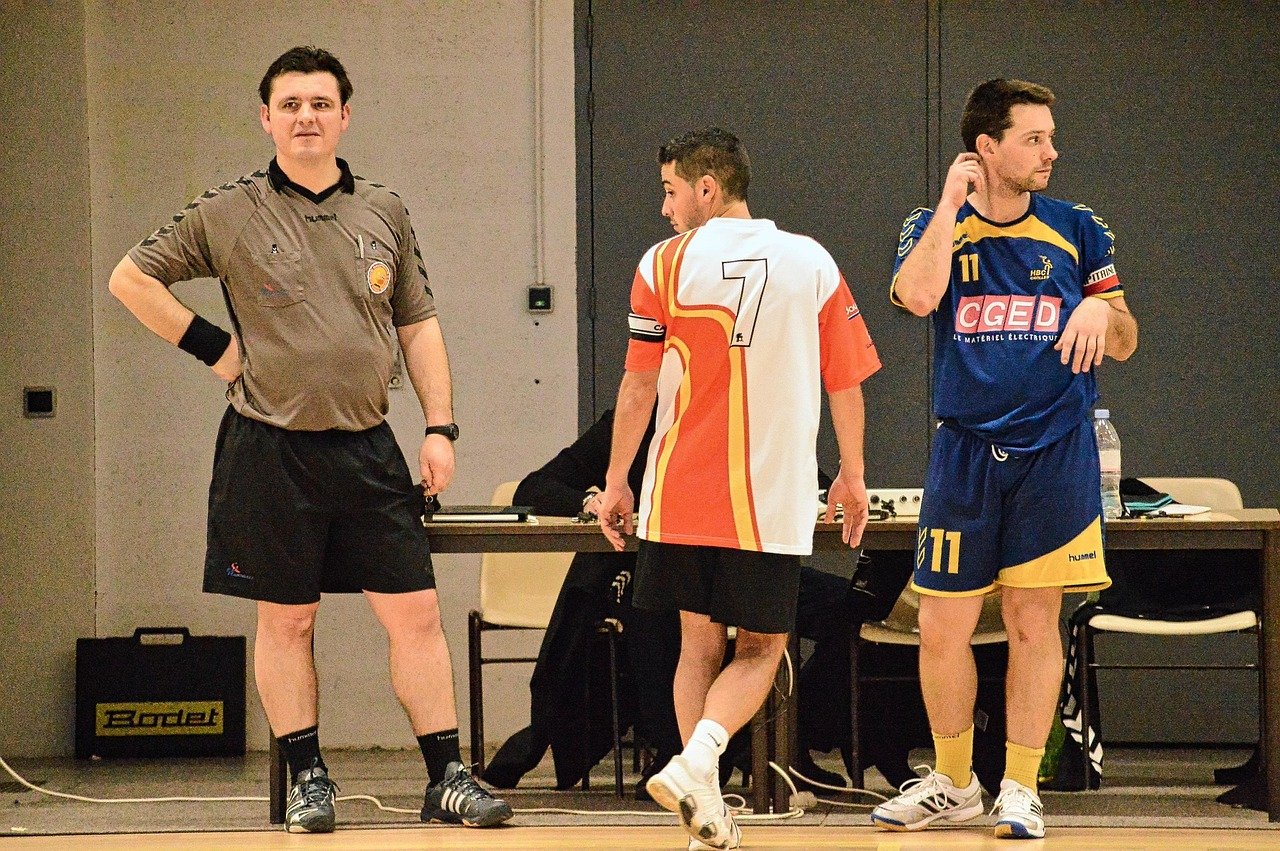Handball at youth and senior levels shares the same basic rules, but the way teams play, organise, and execute tactics varies significantly. Coaches working with younger players must balance skill development, understanding of the game, and safety, while senior-level teams prioritise high-intensity execution, advanced systems, and strategic flexibility.
Understanding these differences is essential for coaches, parents, and players aiming to transition successfully from youth competitions to elite handball. This guide explores how tactical approaches should evolve, key differences between levels, and best practices for coaching.
Understanding the Core Differences Between Youth and Senior Handball
Youth players are still developing physically, cognitively, and emotionally, which impacts how tactics should be introduced:
- Physical Development: Young players may lack the strength, speed, or endurance required for full-paced senior games. Overloading them with complex strategies can lead to fatigue or injuries.
- Cognitive Development: Youth players are still learning to read the game, anticipate opponents’ movements, and make fast decisions under pressure.
- Technical Skills: Passing accuracy, shooting technique, and defensive positioning are still improving. Coaches should emphasise skill mastery before complex tactical execution.
Senior handball, by contrast, demands:
- High-intensity transitions and sustained defensive pressure
- Sophisticated offensive systems like double pivots and 7v6 plays
- Advanced decision-making under time constraints and physical duress
Offensive Tactics: Youth vs Senior
Youth Offence
Youth teams benefit from simple offensive structures that focus on:
- Spreading the court to create passing lanes
- Basic positional rotations to teach movement and spacing
- Controlled fast breaks with limited sprint distances
- Emphasis on using both wings and pivots to encourage all players to engage
Coaches should avoid overcomplicated plays until players consistently understand basic movements and timing. Encouraging creativity and adaptability is key at this stage.
Senior Offence
At the senior level, offensive tactics become more sophisticated:
- Structured Systems: Teams use complex patterns such as crosses, double pivots, or overloads to break organised defences.
- Fast Break Execution: Speed and timing are critical, requiring precise passing and coordinated sprinting from wings and backs.
- 7v6 Strategy: Senior teams often employ the goalkeeper as a 7th attacker in late-game scenarios to gain numerical advantage.
- Set Plays: Pre-planned set pieces target weak points in opponent defences with high efficiency.
Defensive Tactics: Youth vs Senior
Youth Defence
Youth defences focus on teaching fundamentals:
- Proper positioning and spacing to cover attackers
- Basic zone defence (6-0 or 5-1) to understand collective responsibility
- Learning to communicate with teammates and anticipate passing options
- Introduction to man-to-man marking in a simplified format
Defensive drills for youth should prioritise understanding over intensity, gradually increasing physical and cognitive challenges as players develop.
Senior Defence
Senior teams operate at a higher tactical and physical level:
- Complex Zone Systems: Defences like 3-2-1, 4-2, or hybrid formations are executed with precision.
- Aggressive Pressing: Top teams pressure ball carriers to force turnovers or disrupt offensive rhythm.
- Counterattack Prevention: Wings and backcourt players are trained to immediately recover after losing possession, maintaining compactness to prevent fast breaks.
- Analytical Adjustments: Coaches analyse opponents in real time to adapt defensive schemes mid-match.
Transition Play
Transition phases are simplified for youth teams to build understanding:
- Focus on moving quickly from defence to attack without overcomplicating patterns
- Emphasis on spacing and passing rather than speed alone
At senior levels, transitions are critical:
- Fast break execution requires precise timing, positioning, and sprinting
- Recovery defence after turnovers is essential to prevent conceding
- Teams analyse patterns to exploit weaknesses and anticipate opponent movement
Coaching Considerations
- Skill Development Comes First: Youth players need mastery of passing, shooting, and positioning before advanced tactical systems are introduced.
- Communication: Encourage clear verbal and non-verbal communication in both youth and senior teams. Senior players are expected to anticipate and react, whereas youth players are learning these skills.
- Fitness and Conditioning: While youth players build basic endurance and strength, senior players require high-intensity training for fast breaks, defensive pressing, and repeated sprinting.
- Mental Skills: Teaching resilience, focus, and decision-making is crucial at all levels. Seniors need these under match pressure; youth players benefit from gradual exposure.
- Game Analysis: Senior teams regularly review video footage to refine tactics. Youth coaches can introduce simple analysis to help players understand mistakes and learn patterns.
Adapting the Environment
- Court Size and Rules: Some youth competitions use smaller courts or adjusted rules to focus on learning rather than full-speed competition.
- Game Duration: Youth matches are often shorter, giving players fewer high-intensity minutes but more opportunities for skill development.
- Player Rotation: Youth coaches rotate players frequently to give experience in different positions, whereas senior teams optimise for strengths and roles.
Conclusion
Adapting tactics for youth versus senior handball requires a balance between skill development, understanding of the game, and tactical sophistication. Youth players benefit from simplicity, structure, and gradual exposure to complex concepts. Senior teams operate at higher intensity, using advanced offensive and defensive systems and tactical innovations.
Coaches who carefully manage these transitions, focus on communication, and develop players’ cognitive and physical abilities will create teams capable of excelling at both youth and elite levels. Understanding the nuances between these levels ensures players develop optimally and teams perform consistently.



